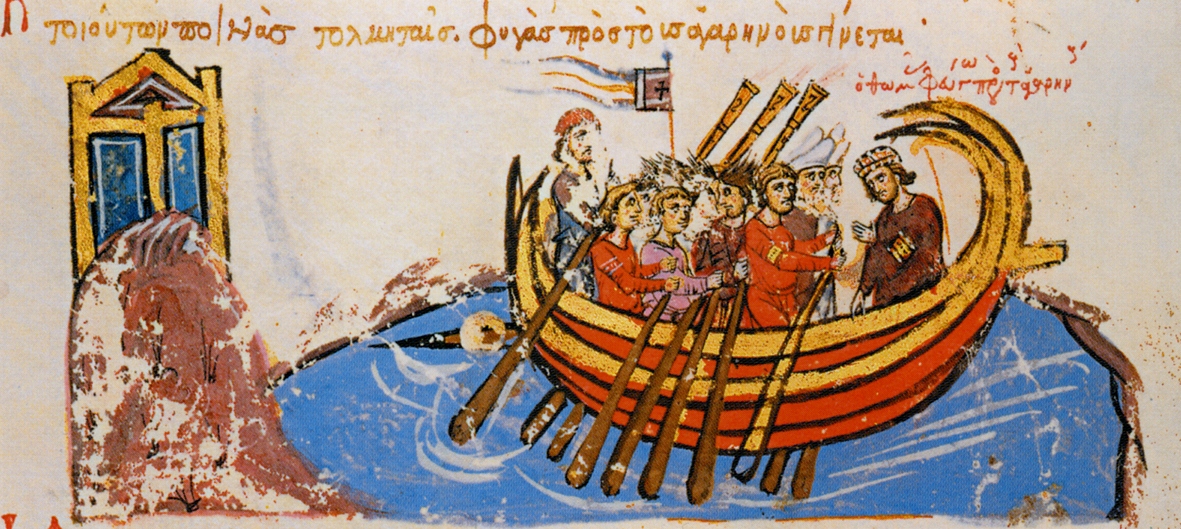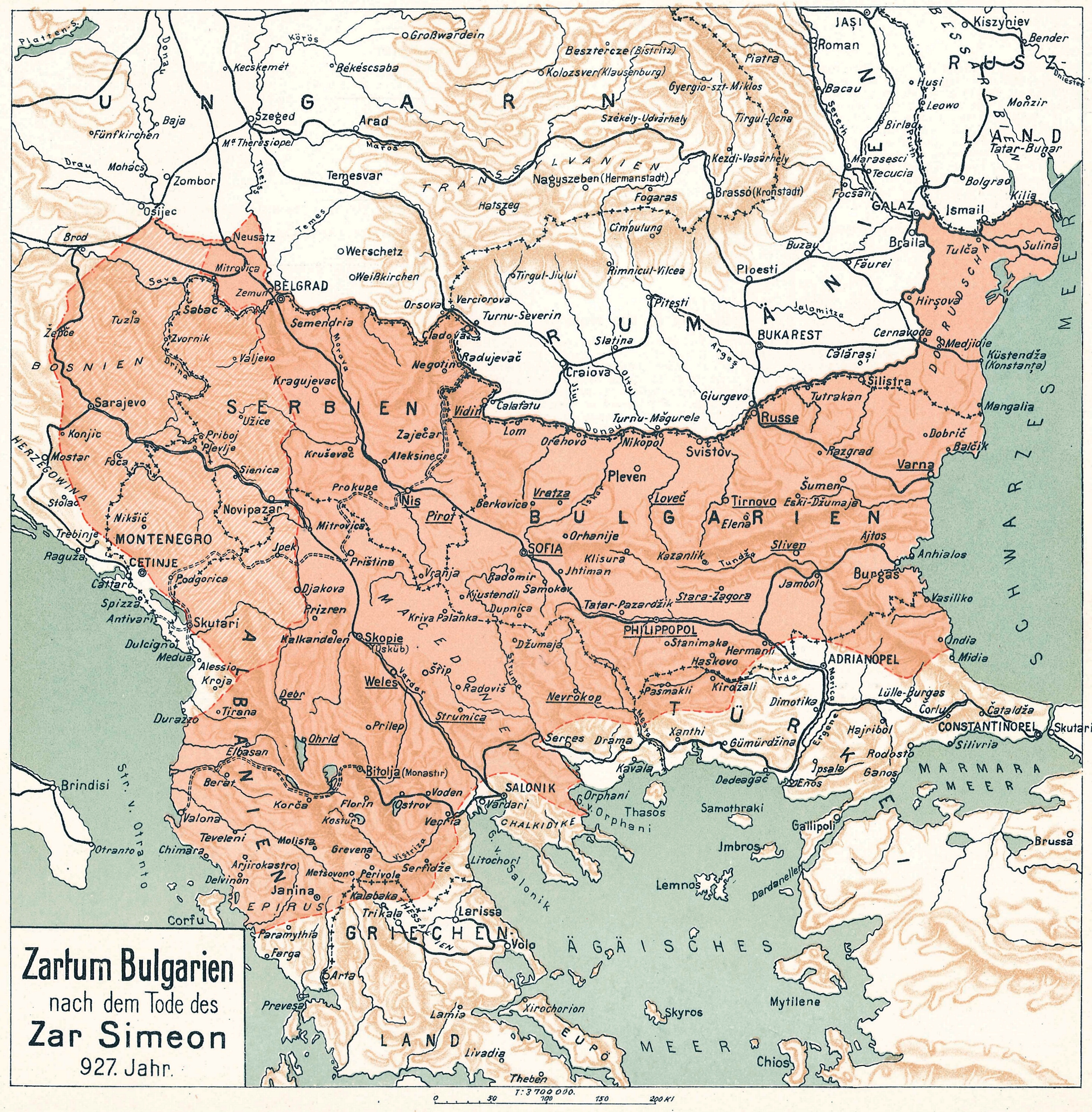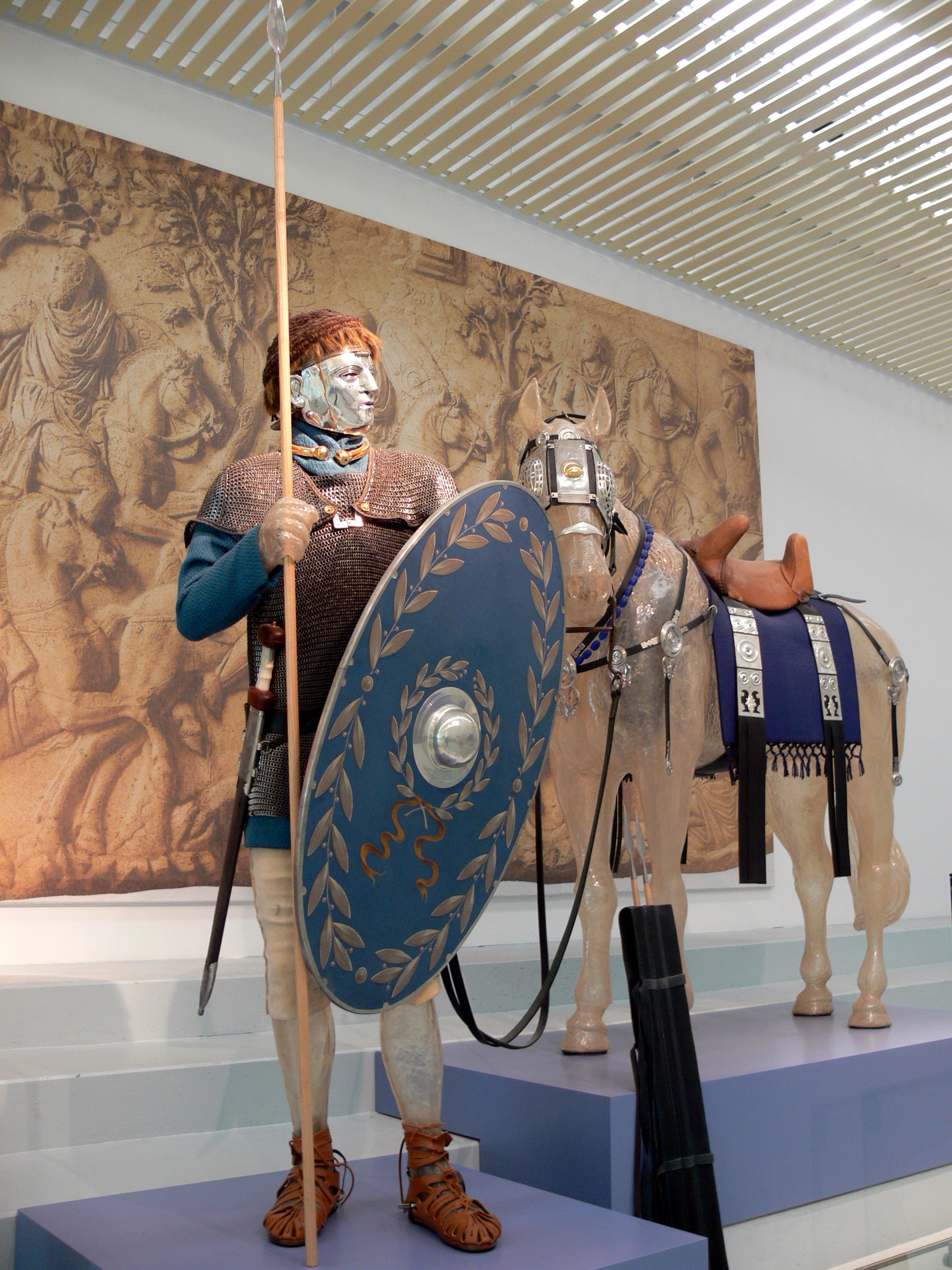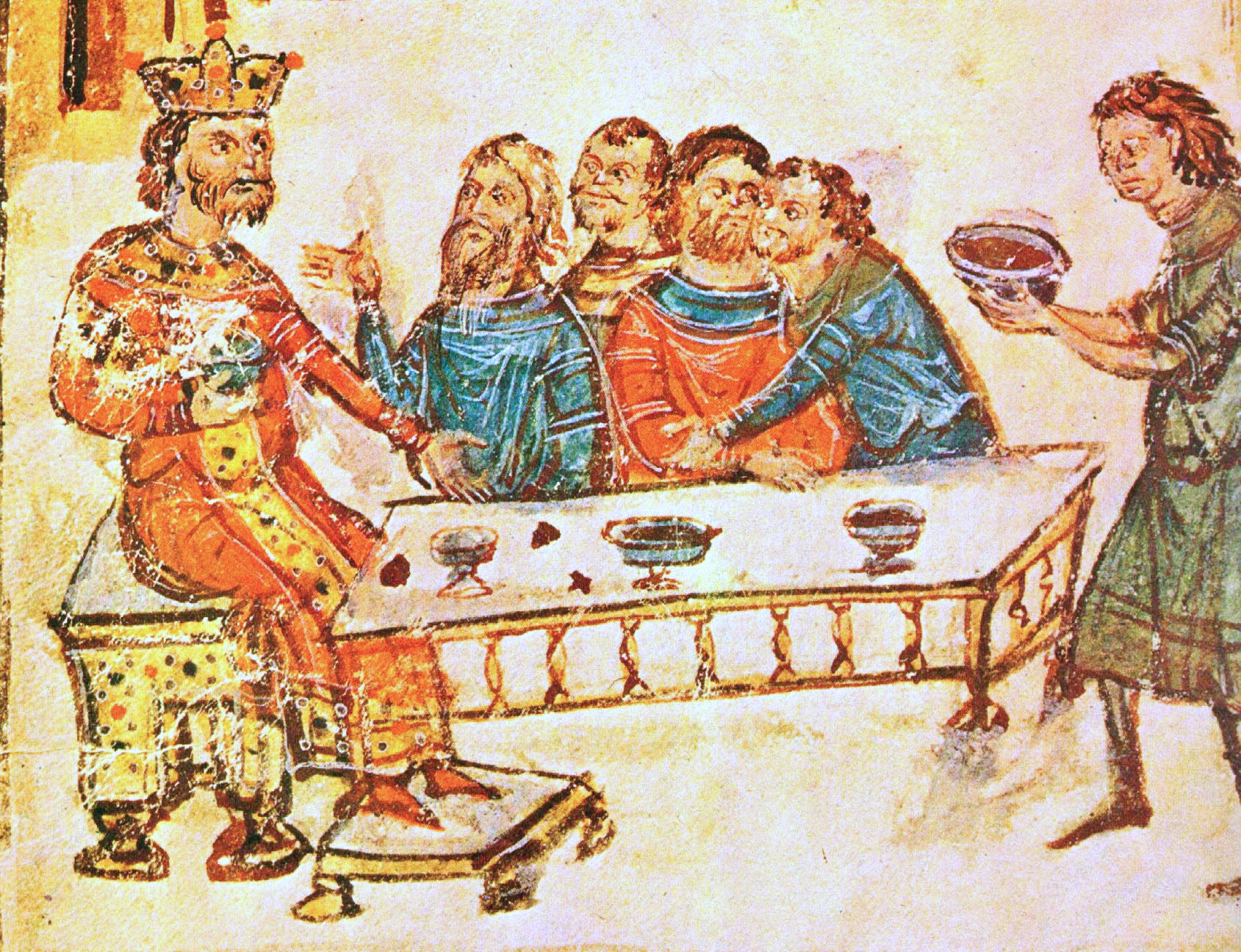|
Bizye
Vize (; ; ) is a town in Kırklareli Province in the Marmara Region, Turkey, Marmara region of Turkey. It is the seat of Vize District.İlçe Belediyesi Turkey Civil Administration Departments Inventory. Retrieved 1 March 2023. Its population is 15,116 (2022). The mayor is Ercan Özalp (Republican People's Party, CHP). The town's distance to the provincial centre is . Vize is situated on State road D.020 (Turkey), state road D.020, which runs from Istanbul to Edirne via Kırklareli. In 2012 Vize was designated a Cittaslow (Slow City). History Antiquity Under the ancient name of Bizya or Bizye () Vize served as a capital for the ancient Thracians, Thracian tribe of the Asti (Thracian tribe), Asti, and was mentioned by several ancient authors. From inscr ...[...More Info...] [...Related Items...] OR: [Wikipedia] [Google] [Baidu] |
Mary The Younger
Saint Mary the Younger (, to distinguish her from Saint Mary of Egypt; 875 – 16 February 902) was a Byzantine saint of Armenian origin, the daughter of an Armenian noble.Paul Halsall, ''Medieval Sourcebook: Life of Mary the Younger, d.c. 903''. (Bronx, New York: Fordham University Press, 1997), 1. Some details of her life, including her following after the mid-10th century, are not known for certain; the text documenting some of her most noteworthy accomplishments was most likely written after 1025.Mary-Alice Talbot, ''Holy Women of Byzantium: Ten Saints’ Lives in English Translation''. (Washington, D.C.: Dumbarton Oaks, 1996), 240. It has been suggested that the ''Life of Mary'' is a parody of Gregory of Nyssa's ''Life of Macrina''. Life Her family originated from Kingdom of Armenia (antiquity), Greater Armenia, where her father was among the local grandees. They had settled in Constantinople, probably at the start of the reign of Basil I the Macedonian (), who called her fat ... [...More Info...] [...Related Items...] OR: [Wikipedia] [Google] [Baidu] |
Thomas The Slav
Thomas the Slav (, – October 823) was a 9th-century Byzantine military commander, most notable for leading a wide-scale revolt in 821–23 against Emperor Michael II the Amorian (). An army officer of Slavic origin from the Pontus region (now north-eastern Turkey), Thomas rose to prominence, along with the future emperors Michael II and Leo V the Armenian (), under the protection of general Bardanes Tourkos. After Bardanes' failed rebellion in 803, Thomas fell into obscurity until Leo V's rise to the throne, when Thomas was raised to a senior military command in central Asia Minor. After the murder of Leo and usurpation of the throne by Michael the Amorian, Thomas revolted, claiming the throne for himself. Thomas quickly secured support from most of the themes (provinces) and troops in Asia Minor, defeated Michael's initial counter-attack and concluded an alliance with the Abbasid Caliphate. After winning over the maritime themes and their ships as well, he crossed wit ... [...More Info...] [...Related Items...] OR: [Wikipedia] [Google] [Baidu] |
Asti (Thracian Tribe)
Asti () is the name of a Thracian tribe which is mentioned by Livy. It is believed that they lived around the old Thracian capital of Bizye. List of rulers A possible continuation of the earlier Odrysian monarchy under a line of kings reigning from Bizye (now Vize) in eastern Thrace. * Cotys V, son of ? Beithys (?-by 87 BC) * Sadalas I, son of Cotys V (by 87–after 79 BC) ** Amadocus, Odrysian royal sent to the aid of Sulla at Chaeronea in 86 BC * Cotys VI, son of Sadalas I (by 57–48 BC) * Sadalas II, son of Cotys VI (48–42 BC) * Sadalas III, kinsman of Sadalas II (42-31 BC) * Cotys VII, son of Sadalas II by Polemocratia (31–18 BC) * Rhescuporis II, son of Cotys VII by daughter of the Sapaean king Cotys II, killed by the Bessi (18–11 BC) ** 11 BC Astaean Thrace conferred on Rhescuporis II's maternal uncle, the Sapaean king Rhoemetalces I, by the Roman emperor Augustus, thereby uniting Thrace Family tree of Astaean kings in Thrace See also *List of T ... [...More Info...] [...Related Items...] OR: [Wikipedia] [Google] [Baidu] |
Simeon I Of Bulgaria
Simeon I the Great (; ; ) ruled over Bulgaria from 893 to 927,Lalkov, ''Rulers of Bulgaria'', pp. 23–25. during the First Bulgarian Empire. Simeon's successful campaigns against the Byzantines, Magyars and Serbs led Bulgaria to its greatest territorial expansion ever, making it the most powerful state in contemporary Eastern and Southeast Europe. His reign was also a period of unmatched cultural prosperity and enlightenment later deemed the Golden Age of Bulgarian culture. During Simeon's rule, Bulgaria spread over a territory between the Aegean, the Adriatic and the Black seas.Bakalov, ''Istorija na Bǎlgarija'', "Simeon I Veliki". The newly independent Bulgarian Orthodox Church became the first new patriarchate besides the Pentarchy, and Bulgarian Glagolitic and Cyrillic translations of Christian texts spread all over the Slavic world of the time. It was at the Preslav Literary School in the 890s that the Cyrillic alphabet was developed. [...More Info...] [...Related Items...] OR: [Wikipedia] [Google] [Baidu] |
Archbishop
In Christian denominations, an archbishop is a bishop of higher rank or office. In most cases, such as the Catholic Church, there are many archbishops who either have jurisdiction over an ecclesiastical province in addition to their own archdiocese ( with some exceptions), or are otherwise granted a titular archbishopric. In others, such as the Lutheran Church of Sweden, the title is only borne by the leader of the denomination. Etymology The word ''archbishop'' () comes via the Latin . This in turn comes from the Greek , which has as components the etymons -, meaning 'chief', , 'over', and , 'guardian, watcher'. Early history The earliest appearance of neither the title nor the role can be traced. The title of "metropolitan" was apparently well known by the 4th century, when there are references in the canons of the First Council of Nicæa of 325 and Council of Antioch of 341, though the term seems to be used generally for all higher ranks of bishop, including patriarc ... [...More Info...] [...Related Items...] OR: [Wikipedia] [Google] [Baidu] |
Tourmarches
A ''turma'' (; plural ''turmae''; ) was a cavalry unit in the Roman army of the Republic and Empire. In the Byzantine Empire, it became applied to the larger, regiment-sized military-administrative divisions of a '' thema''. The word is often translated as " squadron" but so is the term '' ala'', a unit that was made up of several ''turmae''. Roman army Republic In the 3rd and 2nd centuries BC, the time of the Punic Wars and Rome's expansion into Spain and Greece, the core of the Roman army was formed by citizens, augmented by contingents from Rome's allies (''socii''). The organization of the Roman legion of the period is described by the Greek historian Polybius (cf. the so-called " Polybian army"), who writes that each 4,200-strong infantry legion was accompanied by 300 citizen cavalry (''equites''). This contingent was divided into ten ''turmae''.. According to Polybius, the squadron members would elect as their officers three '' decuriones'' ("leaders of 10 men"), of whom the ... [...More Info...] [...Related Items...] OR: [Wikipedia] [Google] [Baidu] |
Krum
Krum (, ), often referred to as Krum the Fearsome () was the Khan of Bulgaria from sometime between 796 and 803 until his death in 814. During his reign the Bulgarian territory doubled in size, spreading from the middle Danube to the Dnieper and from Odrin to the Tatra Mountains. His able and energetic rule brought law and order to Bulgaria and developed the rudiments of state organization. Biography Origins Krum was a Bulgar chieftain from Pannonia. His family background and the surroundings of his accession are unknown. It has been speculated that Krum might have been a descendant of Khan Kubrat through his son Kuber. The Bulgar name Krum comes from the Old Turkic ''qurum'' and means "ruler". Establishment of new borders Around 805, Krum defeated the Avar Khaganate to destroy the remainder of the Avars and to restore Bulgar authority in Ongal again, the traditional Bulgar name for the area north of the Danube across the Carpathians covering Transylvania and along t ... [...More Info...] [...Related Items...] OR: [Wikipedia] [Google] [Baidu] |
Proto-Bulgarian
Bulgar (also known as Bulghar, Bolgar, or Bolghar) is the extinct Oghur Turkic language spoken by the Bulgars. The name is derived from the Bulgars, a tribal association that established the Bulgar state known as Old Great Bulgaria in the mid-7th century, giving rise to the Danubian Bulgaria by the 680s.Encyclopædia Britannica Online �''Bolgar Turkic''Campbell, George L. ''Compendium of the World's Languages''. Routledge, 2000''page 274''/ref>Marcantonio, Angela. ''The Uralic Language Family: Facts, Myths and Statistics''. Blackwell Publishing Limited, 2002''page 25''/ref> While the language initially went extinct in Danubian Bulgaria (in favour of Old Bulgarian), it persisted in Volga Bulgaria, but even there it was eventually replaced by the modern Chuvash language. Other than Chuvash, Bulgar is the only language to be definitively classified as an Oghur Turkic language. The inclusion of other languages such as Hunnish, Khazar and Sabir within Oghur Turkic remains spec ... [...More Info...] [...Related Items...] OR: [Wikipedia] [Google] [Baidu] |
Council In Trullo
The Quinisext Council (; , literally meaning, ''Fifth-Sixth Meeting''), i.e., the Fifth-Sixth Council, often called the Council ''in Trullo'', Trullan Council, or the Penthekte Synod, was a church council held in 692 at Constantinople under Justinian II. The synod is known as the "Council ''in Trullo''" because, like the Sixth Ecumenical Council, it was held in a domed hall in the Imperial Palace ( [], meaning a cup or dome). Both the Second Council of Constantinople, Fifth and the Third Council of Constantinople, Sixth Ecumenical Councils had omitted to draw up disciplinary canon law, canons, and as this council was intended to complete both in this respect, it took the name of Quinisext. Decisions Many of the council's Canon (canon law), canons were reiterations. It endorsed not only the six ecumenical councils already held (canon 1), but also: * the 85 Apostolic Canons, * the Synod of Ancyra * the Synod of Neocaesarea, * the Synod of Gangra, * the Synod of Antioch in 341 ... [...More Info...] [...Related Items...] OR: [Wikipedia] [Google] [Baidu] |
Constantine Porphyrogenitus
Constantine VII Porphyrogenitus (; 17 May 905 – 9 November 959) was the fourth Byzantine emperor of the Macedonian dynasty, reigning from 6 June 913 to 9 November 959. He was the son of Emperor Leo VI and his fourth wife, Zoe Karbonopsina, and the nephew of his predecessor Alexander. Most of his reign was dominated by co-regents: from 913 until 919 he was under the regency of his mother, while from 920 until 945 he shared the throne with Romanos Lekapenos, whose daughter Helena he married, and his sons. Constantine VII is best known for the '' Geoponika'' (τά γεοπονικά), an important agronomic treatise compiled during his reign, and three, perhaps four, books; (bearing in Greek the heading Πρὸς τὸν ἴδιον υἱὸν Ῥωμανόν), (Περὶ τῆς Βασιλείου Τάξεως), '' De Thematibus'' (Περὶ θεμάτων Άνατολῆς καὶ Δύσεως), and '' Vita Basilii'' (Βίος Βασιλείου), though his authorship of ... [...More Info...] [...Related Items...] OR: [Wikipedia] [Google] [Baidu] |
Hierocles (author Of Synecdemus)
Hierocles (Greek: Ἱεροκλῆς ''Hierokles'') was a Byzantine geographer of the sixth century and the attributed author of the ''Synecdemus'' or ''Synekdemos'', which contains a table of administrative divisions of the Byzantine Empire and lists of the cities of each. The work is dated to the reign of Justinian but prior to 535, as it divides the 912 listed cities in the Empire among 64 Eparchies. The ''Synecdemus'' is thus one of the most invaluable monuments which we have to study the political geography of the sixth century East. The work of Hierocles along with that of Stephanus of Byzantium were the principal sources of Constantine VII's work on the Themes (''De Thematibus''). Hierocles was published by Parthey (Hieroclis Synecdemus; Berlin, 1866) then in a corrected text, by A. Burckhardt in the Teubner seriesHieroclis Synecdemus; Leipzig, 1893. The most recent major publication was by E. Honigmann (''Le Synekdèmos d'Hiéroklès et l'opuscule géographique de George ... [...More Info...] [...Related Items...] OR: [Wikipedia] [Google] [Baidu] |






